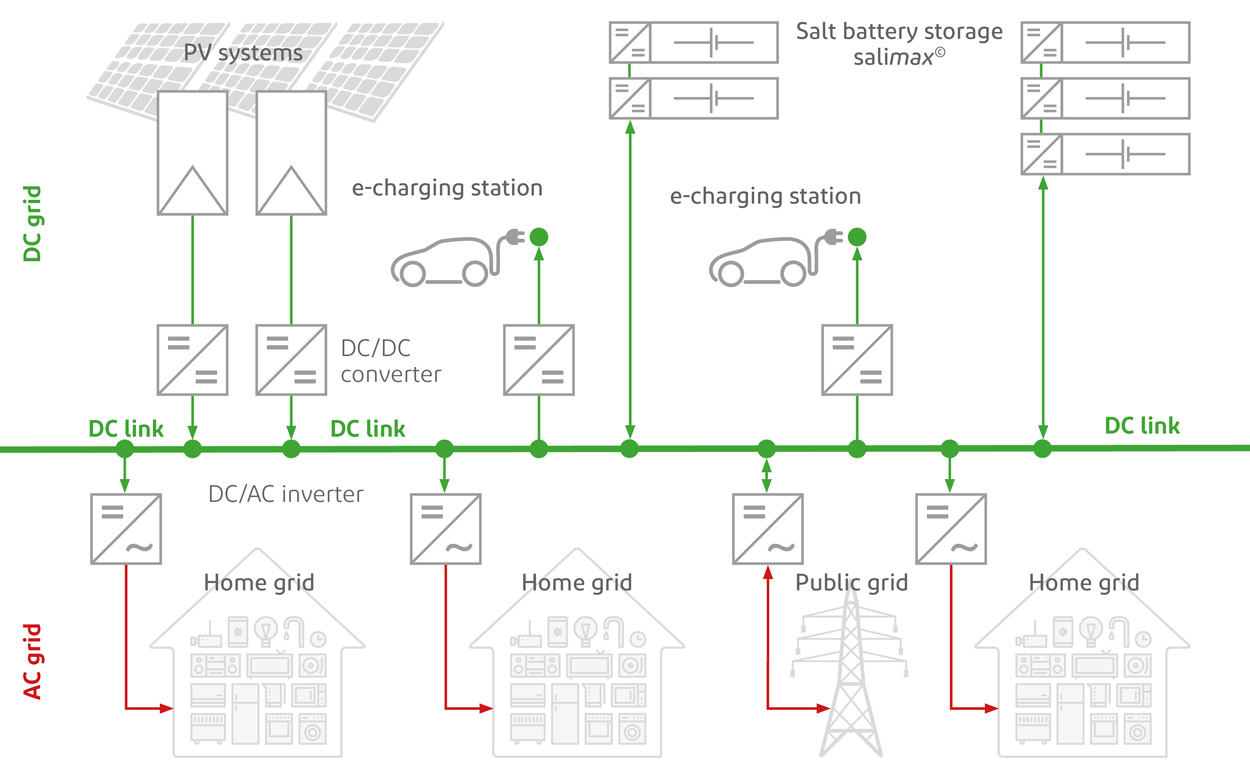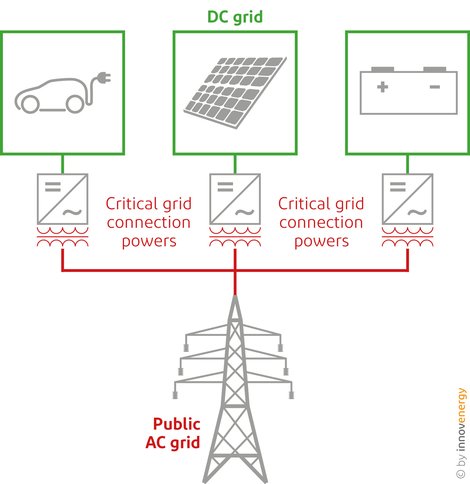The energy transition also needs an energy grid transition
The future needs a lot of energy, more than ever. The classic alternating current grids cannot make the energy transition possible. The necessary grid expansion is costly and requires enormous resources. Anyone who owns large photovoltaic areas and wants to make full use of them will at some point be confronted with the issue of critical grid connections. Own DC grids, i.e. based on direct current, can be a solution to this challenge.
Whether you are the owner of a large commercial roof area, in the process of planning an entire site or want to join forces with others to form a ZEV, having your own DC grid allows you to make full use of your photovoltaic power without expensive grid extensions – and it is also much more energy-efficient than using alternating current.
Possible applications
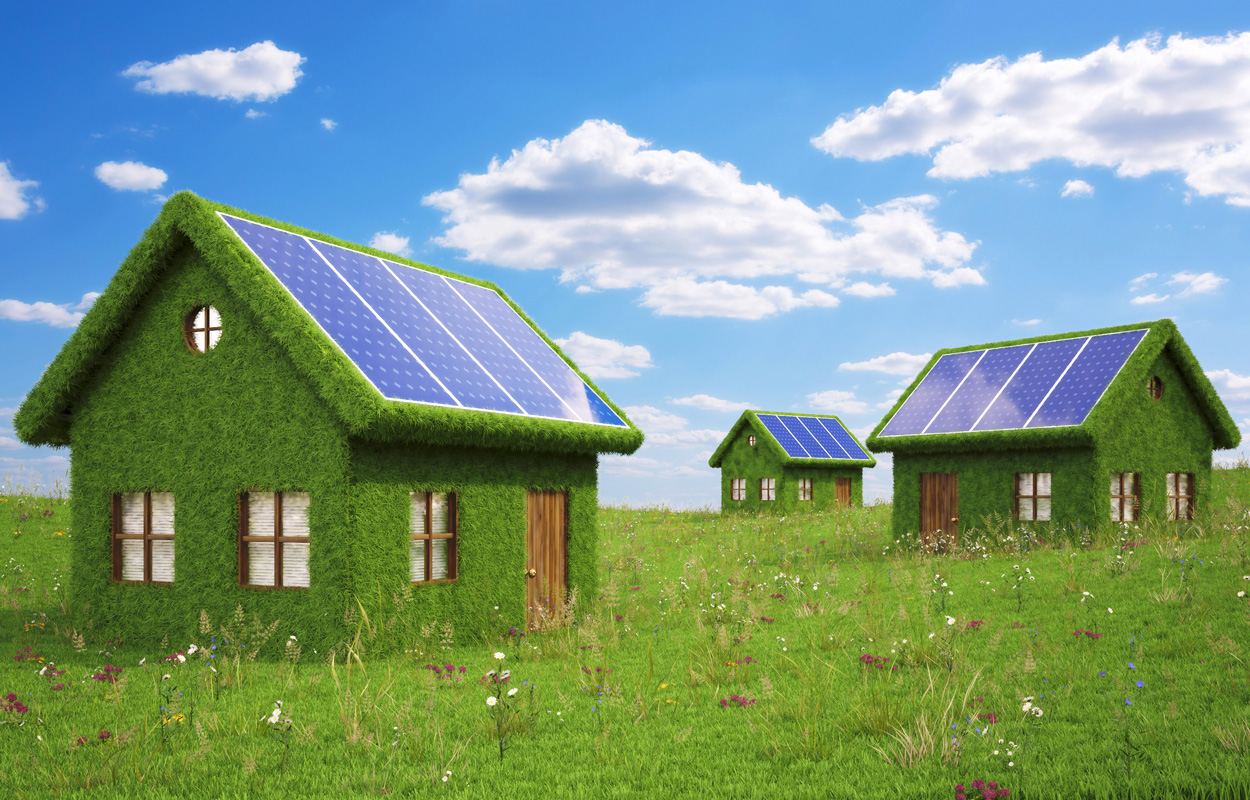
ZEV / energy communities
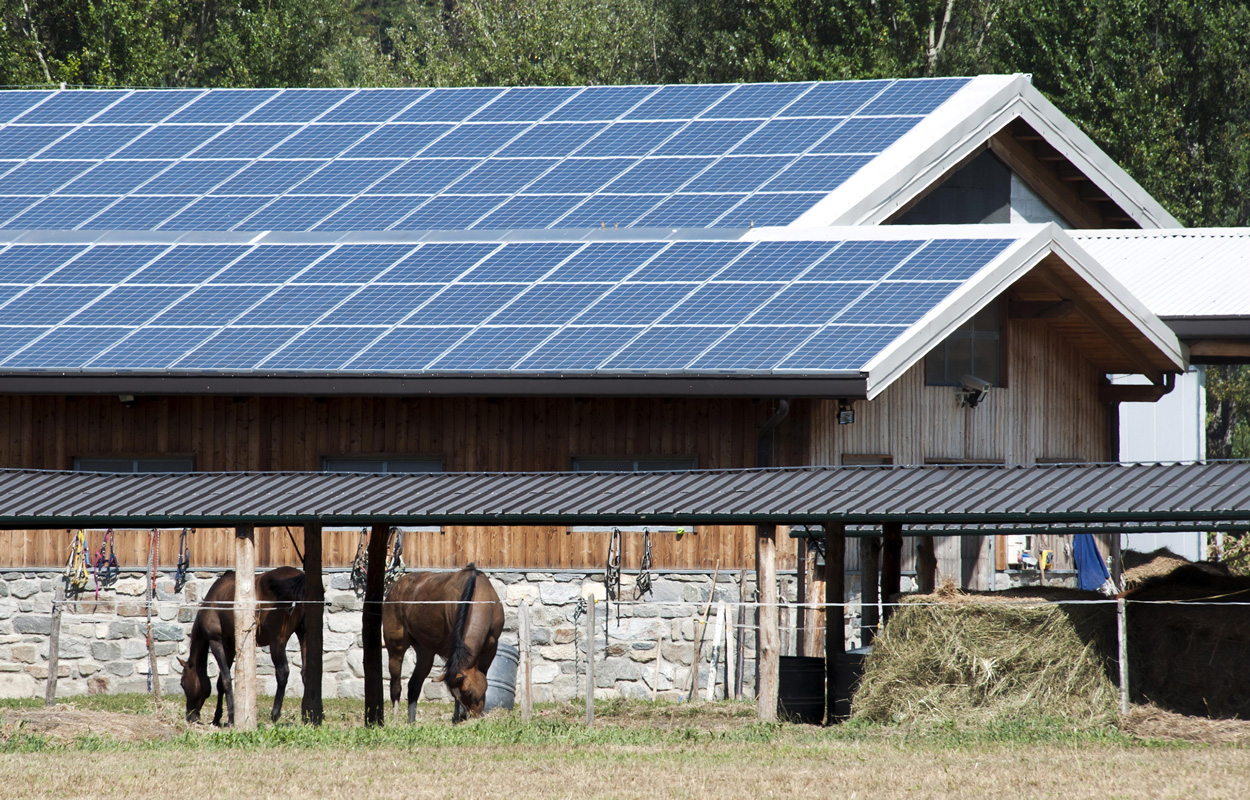
Agricultural enterprises

Supermarkets

Commercial enterprises
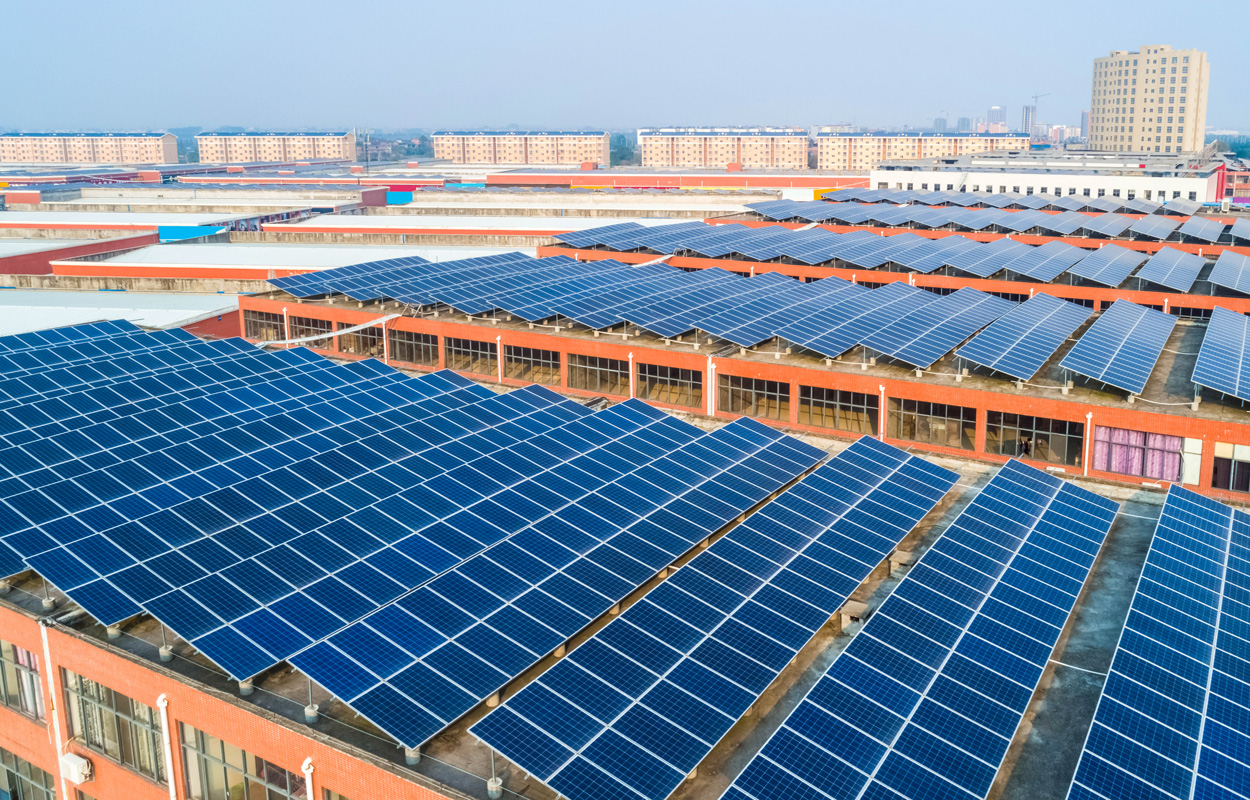
Quarters & areas
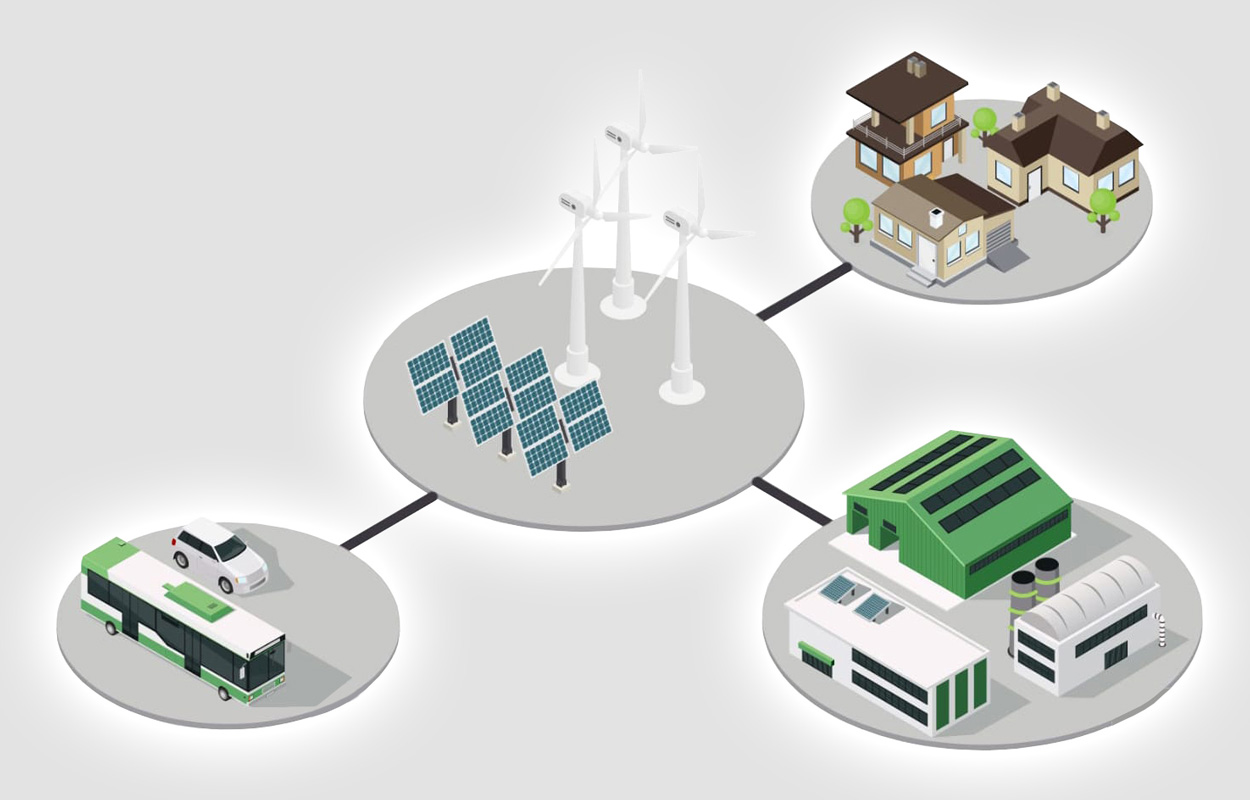
Sector couplings
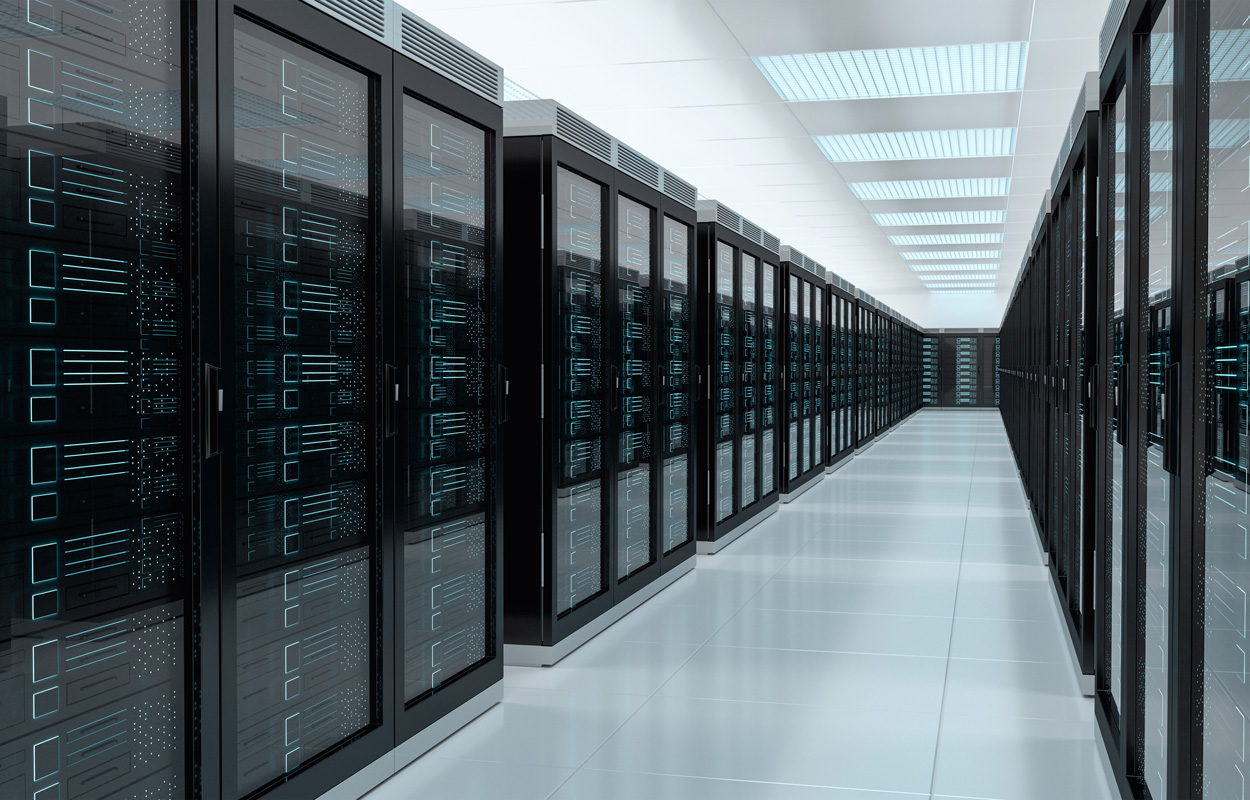
Data Centre & Emergency Power
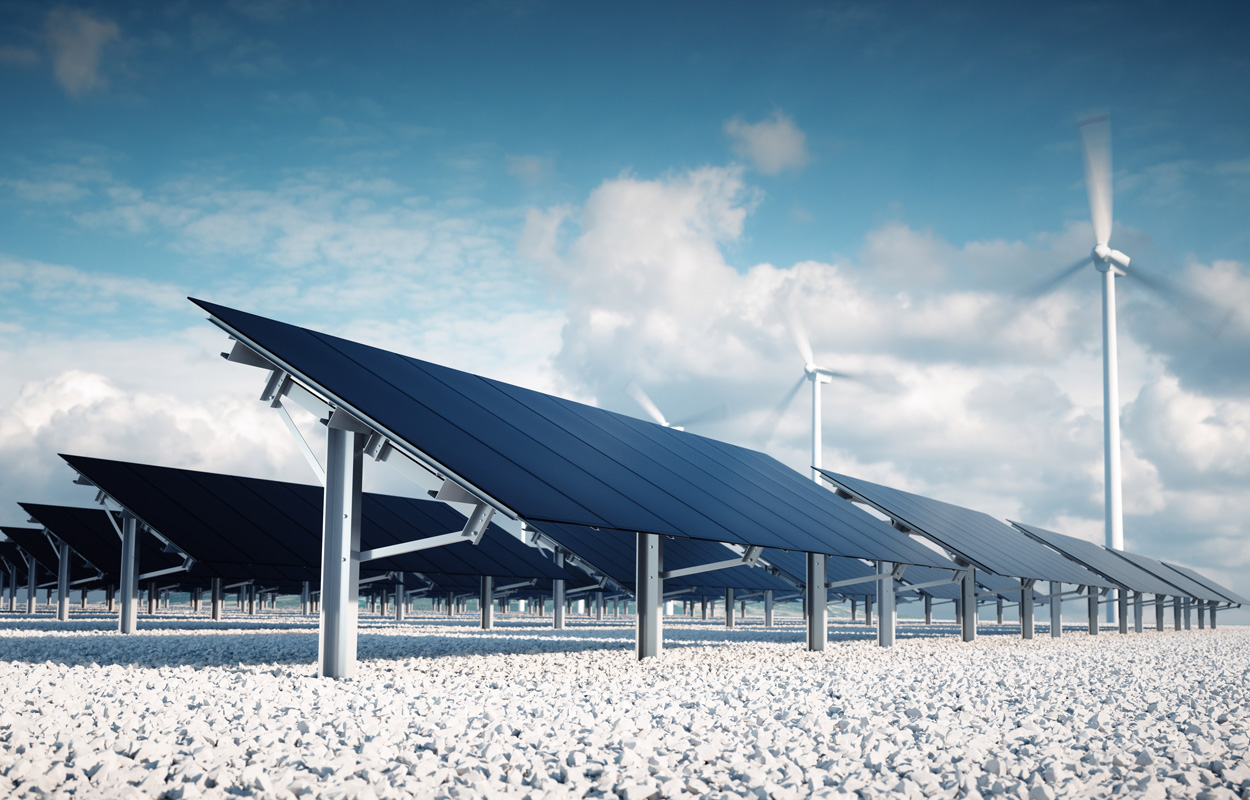
Capacity Firming
Handicap of AC-coupled systems
One of the biggest challenges regarding the future public AC grid is still ahead of us all. The addition of photovoltaics by 2050 is gigantic in order to guarantee sufficient security of supply together with all other renewable energies: 50,000 MWp of photovoltaics will still have to be installed. It is not possible to feed this energy surplus of thousands of megawatts into the public grid. The AC grid is not designed for this. The necessary grid expansion to accommodate these «energy tidal waves» costs a fortune. The consequence of this insufficient AC grid connection power is that photovoltaic systems or energy consumers are disconnected by the grid provider or PV systems that are too small to be installed. This is because the greater the power of the photovoltaic system, battery storage and charging stations, the greater the AC grid connection must be designed to allow for increased grid connection powers in order to accommodate simultaneous access. In addition, overloads due to electricity peaks and overproduction due to irregular renewable energies require increasingly complex energy and load management at the utility company. All this means either accepting a gigantic energy loss or not exploiting the PV potential.
Advantages of DC-coupled systems
With a DC-coupled system, the full potential of a photovoltaic system can be used because the DC electricity produced is already passed on to its consumers within the DC grid, stored and only the surplus is fed into the public grid – all with low conversion losses. Especially in the case of «oversized» solar plants, which often do not get a permit for their plants due to the low grid connection capacity or face enormous additional costs for grid expansion, a DC solution with direct sale of the produced DC electricity to the closer environment is a sensible alternative. In this case, connection permits from the utility company are no longer necessary, as you can work with the existing grid connection. This is a win-win situation for both sides: The PV system owner can fully exploit his potential and the EVU does not have to expand its AC grid and has fewer worries with its energy management. Another advantage of a DC microgrid is that no energy management is necessary, as the power in the DC link is automatically regulated by the participants.
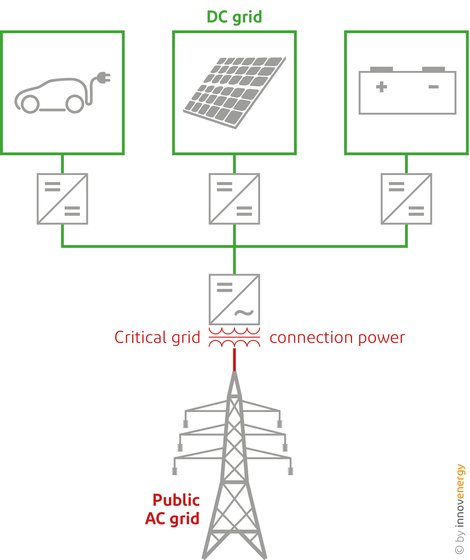

DConnect®
DConnect® is our answer to your question of how a large development can be designed to be energy-efficient and fit for the future: a DC grid solution that meets the energy transition.

salimax®
The salimax® is a salt battery storage system for large photovoltaic systems and corresponding storage needs. A DC salt battery with integrated DC/DC converter (on board) ensures very low conversion losses.

Small electricity history
History repeats itself. Was Edison right after all? Learn more about direct current (DC) and alternating current (AC) as well as the history and future of electricity.
15% more energy efficiency and profitability through DC grid
The energy from the roof of our photovoltaic systems is delivered as direct current (DC). Conversion losses to alternating current (AC) are a big problem and ultimately reduce our returns. What if the conversion losses could be kept lower? Let's do the math:
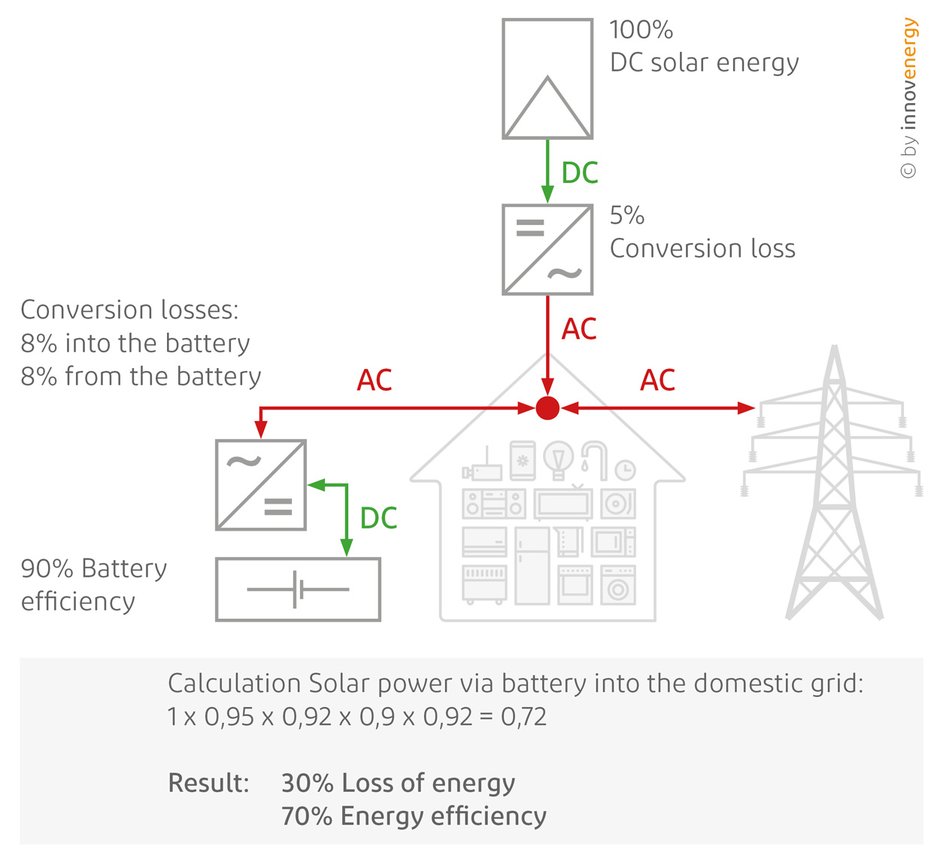
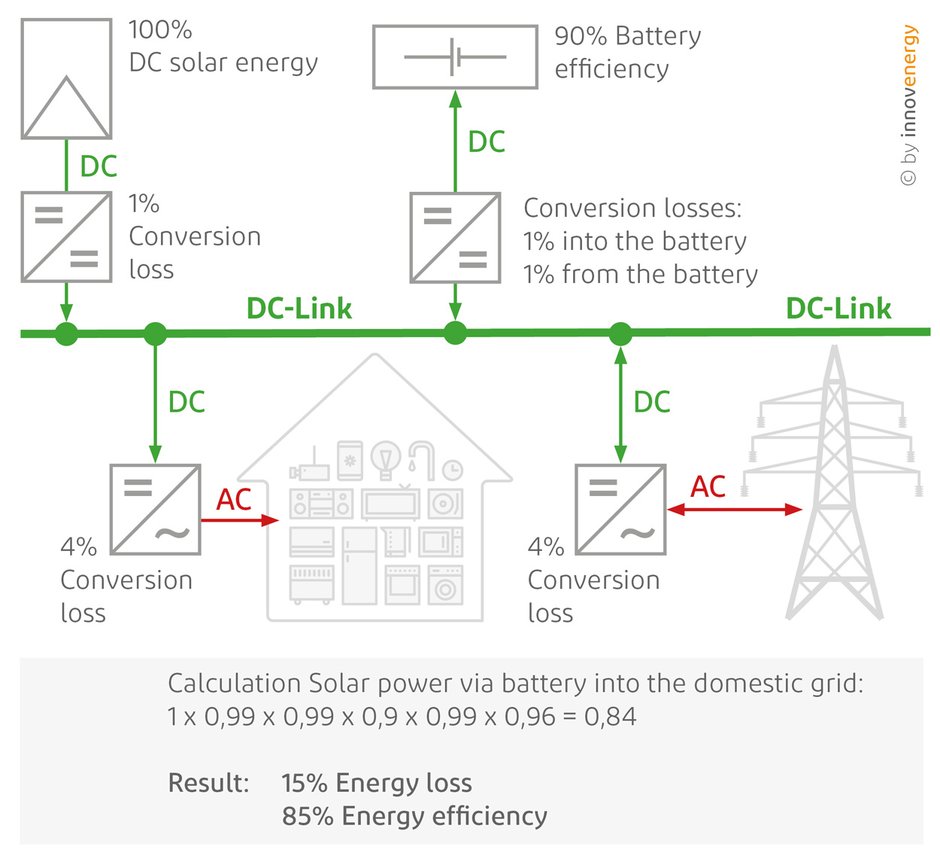
Conclusion: With a DC grid, conversion losses can be reduced by half.
Energy-saving DC grids are already viable today.
In the illustration below, you can see an example of a DC microgrid in the upper part. Below the DC link, the familiar AC grid continues to exist with its previous connections. With innovenergy®'s DConnect® concept, we are making a contribution to the energy transition – through energy-efficient DC grid solutions and our ecological salimax® salt battery storage systems.
